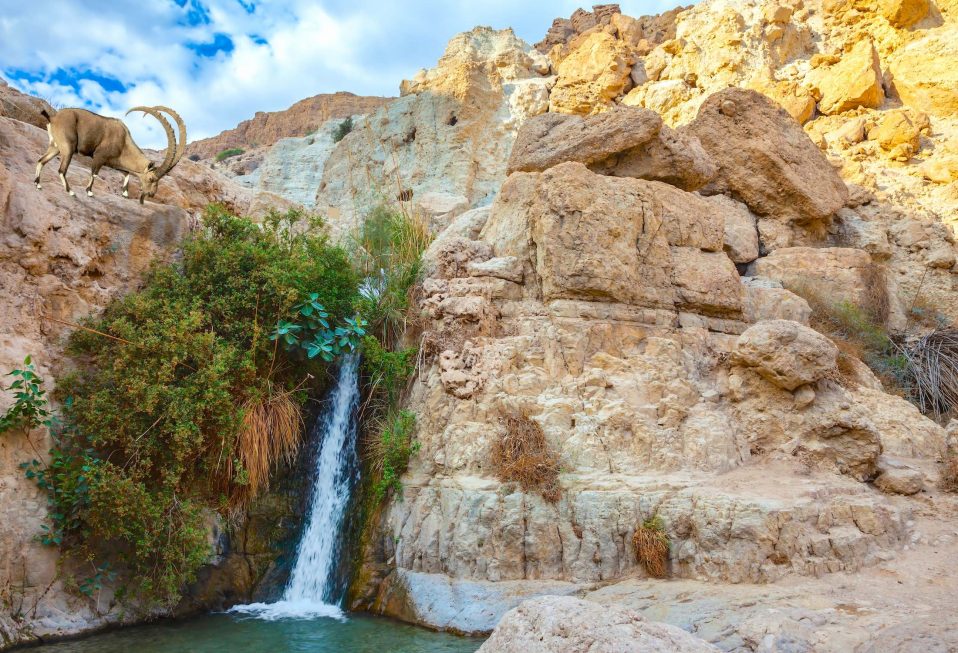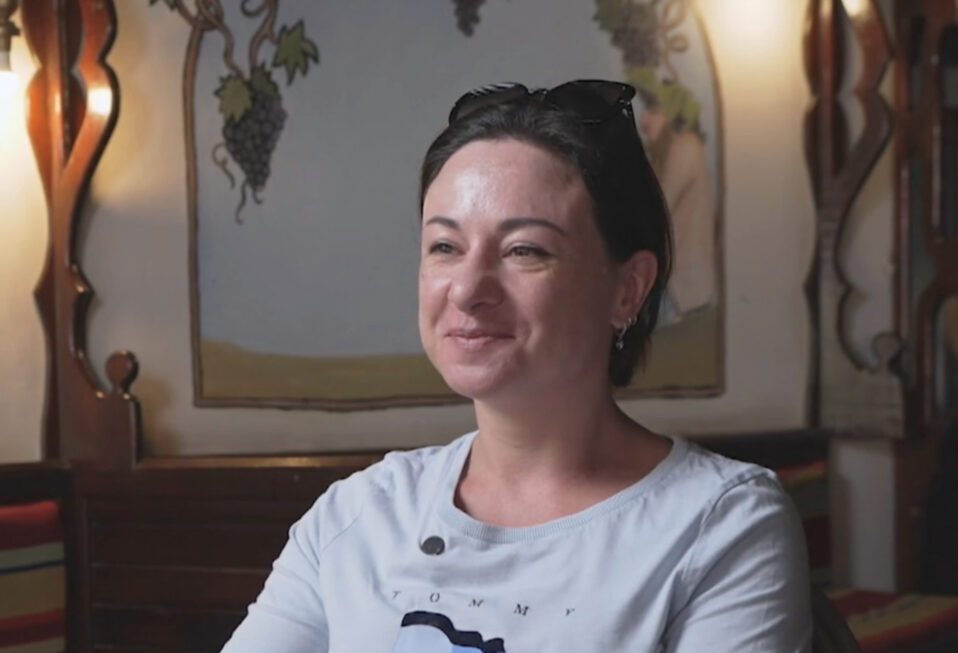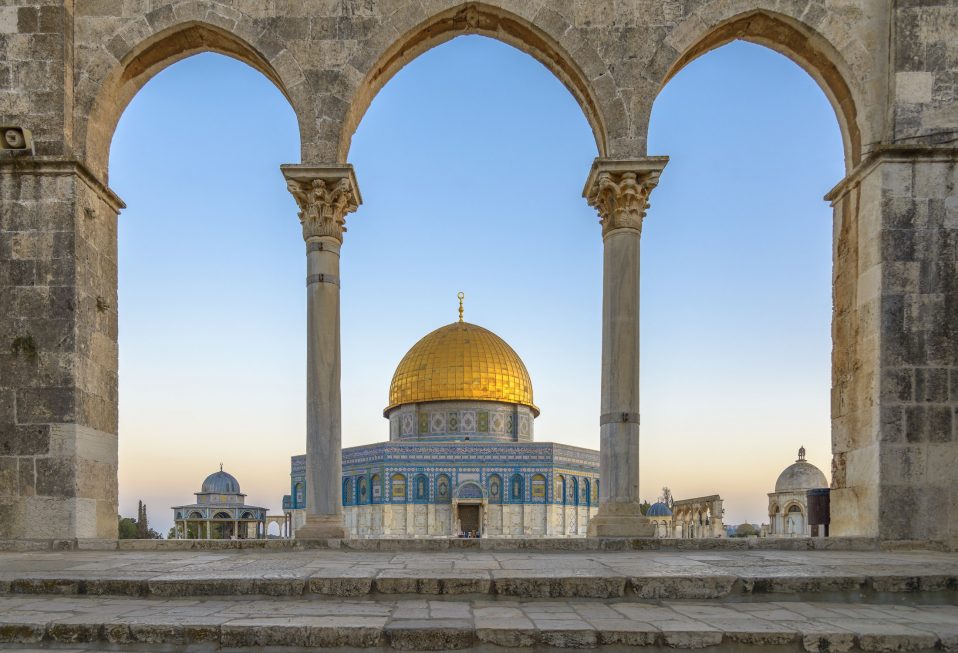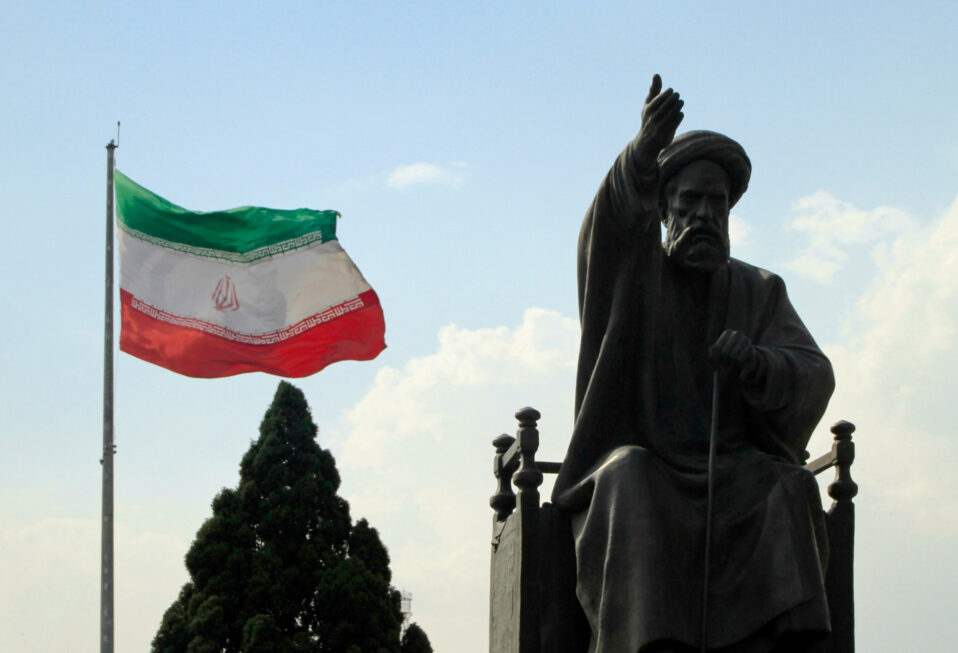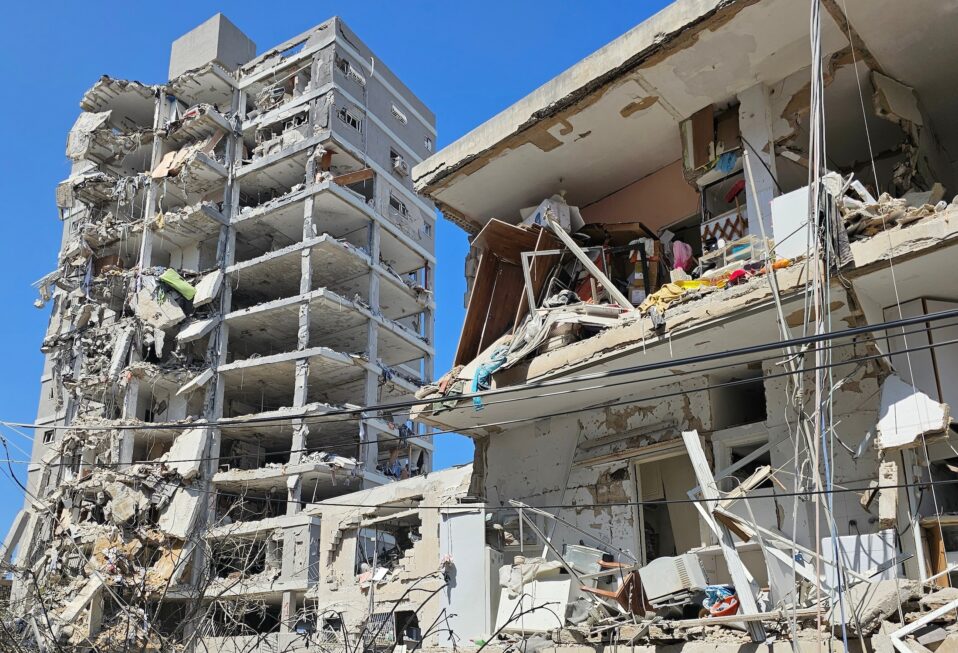By Arlene Bridges Samuels
Most of us are aware of the mounting mental health crisis in our country and across the globe. We see it first-person—whether in our families, among our friends, in workplaces or churches. Research conducted in various international collaborations affirms what we already know. It shows that our world is facing unprecedented manifestations of mental illnesses, including depression, anxiety, bipolar disorder, and post-traumatic stress.
A 2023 Harvard study claims that half of the world will develop a mental health disorder in their lifetime. The Centers for Disease Control and Prevention (CDC) describes our nation as being in a “catastrophic” mental health crisis. The irrational Jew hatred promoted and enacted by Iran and its proxies—Hamas, Hezbollah, and the Houthis—is a perfect example of another kind of illness with minds and hearts twisted and distorted with hate doing the unthinkable. The mental and emotional state the terrorists exhibited to carry out the brutal assaults and atrocities against Israeli families and communities on October 7th is unimaginable yet true.
Our Israeli and Jewish friends are the prime targets of hatred and hostility. They valiantly endure traumatic stress and other anxieties. Last weekend the bold, well-designed, and complex rescue of four hostages generated desperately needed waves of joy for Israelis. The people of Israel also honored a hero:counter-terrorism officer Arnon Zmora, 36, a top cop in the Border Police’s magnificent Yamam unit. After leading the charge in a rescue firefight, hours later the married father of two children succumbed to his wounds. Prime Minister BenjaminNetanyahu named the outstanding rescues of four hostages in the fallen policeman’s honor: the Zmora Operation.
With swirling lawlessness, challenging mental health issues, and disturbing news filling the global atmosphere, how do we cope? Holding on to faith and hope can be a simple daily reading out loud from King David’s ancient hymnbook of Psalms. King David was no stranger to depression, anxiety, loneliness, grief, and fear.
Other news surrounds us—good news. God is at work, and we must make it a point to recognize this truth. We are assured in Psalm 34:18, “The LORD close to the brokenhearted and saves those who are crushed in spirit.” Several of the most promising public efforts in modern times from two Christian leaders is generating landmark events that draw Gen Zers and all ages together in hope. God is raising up Sean Feucht and Nick Hall for the next generation amid the passing of Christian statesmen like Billy Graham and Pat Robertson, who bequeathed the world with huge legacies of spiritual hope and humanitarian aid.
Feucht, a 43-year-old author, artist, and activist, is the founder of global worship and prayer movements across six continents and more than 250 cities. Burn 24-7 (Light A Candle) is a missions and compassion movement spreading humanitarian love to some of the darkest, most isolated places on earth. Let Us Worship is well known since the arrival of COVID-19, when Feucht and a praise team stood on the Golden Gate Bridge singing and praying for our country during the pandemic. Since then, the outdoor worship movement across America has shown up with praise music through Kingdom to the Capitol in states across the USA. The singer’s Let Us Worship albums often hit number one on Apple Music. The world’s hunger for hope is evident.
Due to the outbreak of Jew hatred on college campuses all over the U.S., in April 2024 Feucht arrived at the gates of Columbia University in a “United for Israel March.” Leaders Eric Metaxas, Russell Johnson, and Luke Moon joined in. Feucht compared the current anti-Semitic demonstrations to the 1930s Nazis and proclaimed, “We are coming to bring the light; we’re coming to say … we’re going to join with our Jewish brothers and sisters.” Hundreds, possibly thousands, of Jews and Christians came together at Columbia’s gate.
Another rising leader is 42-year-old Nick Hall, who founded Pulse Evangelism on his North Dakota State University campus in 2006. Early on, he served as part of the student advisory team for the Billy Graham Evangelistic Association (BGEA). Later,he attended a BGEA event at The Cove launched by the U.S. Lausanne Committee. Approximately 300 evangelists attended. Hall, now a board member on the National Association of Evangelicals, was mentored in part through the BGEA. He recognizes the Billy Graham and Luis Palau teams for his training. “I’ve MC’d events for both teams and traveled with both organizations around the world.” He credits their mentorship with really “launching Pulse.”
Hall’s career has grown into prayerful and active excellence with a solid set of board members who together are unveiling initiatives that appeal to Gen Zers in person and through social media. In his book, Reset, Hall writes, “Jesus says, ‘Come to me dirty, and I’ll clean you up. Come broken, and I’ll reassemble the parts. Come desperate, and I’ll replace pain with joy. Come to me with all your questions, all your confusion, all your fear. I can reset your purity, your self-image, your faith. Come.’” Last Sunday morning, the evangelist appeared on Fox News. Watching this clip is a source of hope [watch here]!
One of Pulse’s most outstanding initiatives is Pulse 100, a training program that equips Gen Zers as evangelists in an immersive 10-month program. In April, my husband and I were invited as guests to a Founder’s Weekend in Florida and left with a deep excitement for this next generation. Two of their Gen Zers evangelists spoke, and we were mesmerized by their authenticity and inspiring words. Another Pulse initiative is Anthem of Grace, which was broadcast on Good Friday (March 29, 2024), impacting over 300 million people—with 2 million saying yes to Jesus. Anthem of Grace will continue.
Sean Feucht and Nick Hall are single-minded in their particular styles in an era of world history where praise, prayers, worship, evangelism, compassion, hearts for Israel, and solid biblical teaching are present and prolific. One day, for believers in our Jewish Jesus, our mental health will reach perfection in God’s Presence with no more sorrows or stresses.
Our CBN Israel team welcomes you to join us in prayer,recalling Romans 15:13: “May the God of hope fill you with all joy and peace as you trust in Him, so that you may overflow with hope by the power of the Holy Spirit.”
Prayer Points:
• Pray for Sean Feucht, Nick Hall, and their families for wisdom and strength.
• Pray for Israel, a nation beset with deep anxieties, for more hostage rescues.
• Pray for Israel Defense Forces and Jewish civilians nationwide who are reconnecting with their faith.
• Pray for Christians to remain Israel’s committed friends in prayer and aid.
Arlene Bridges Samuels pioneered Christian outreach for the American Israel Public Affairs Committee (AIPAC). After she served nine years on AIPAC’s staff, International Christian Embassy Jerusalem USA engaged her as Outreach Director part-time for their project, American Christian Leaders for Israel. Arlene is an author at The Blogs-Times of Israel and has traveled to Israel since 1990. She co-edited The Auschwitz Album Revisited and is on the board of Violins of Hope South Carolina. By invitation, Arlene attends Israel’s Government Press Office Christian Media Summits. She also hosts her devotionals, The Eclectic Evangelical, on her website at ArleneBridgesSamuels.com.


